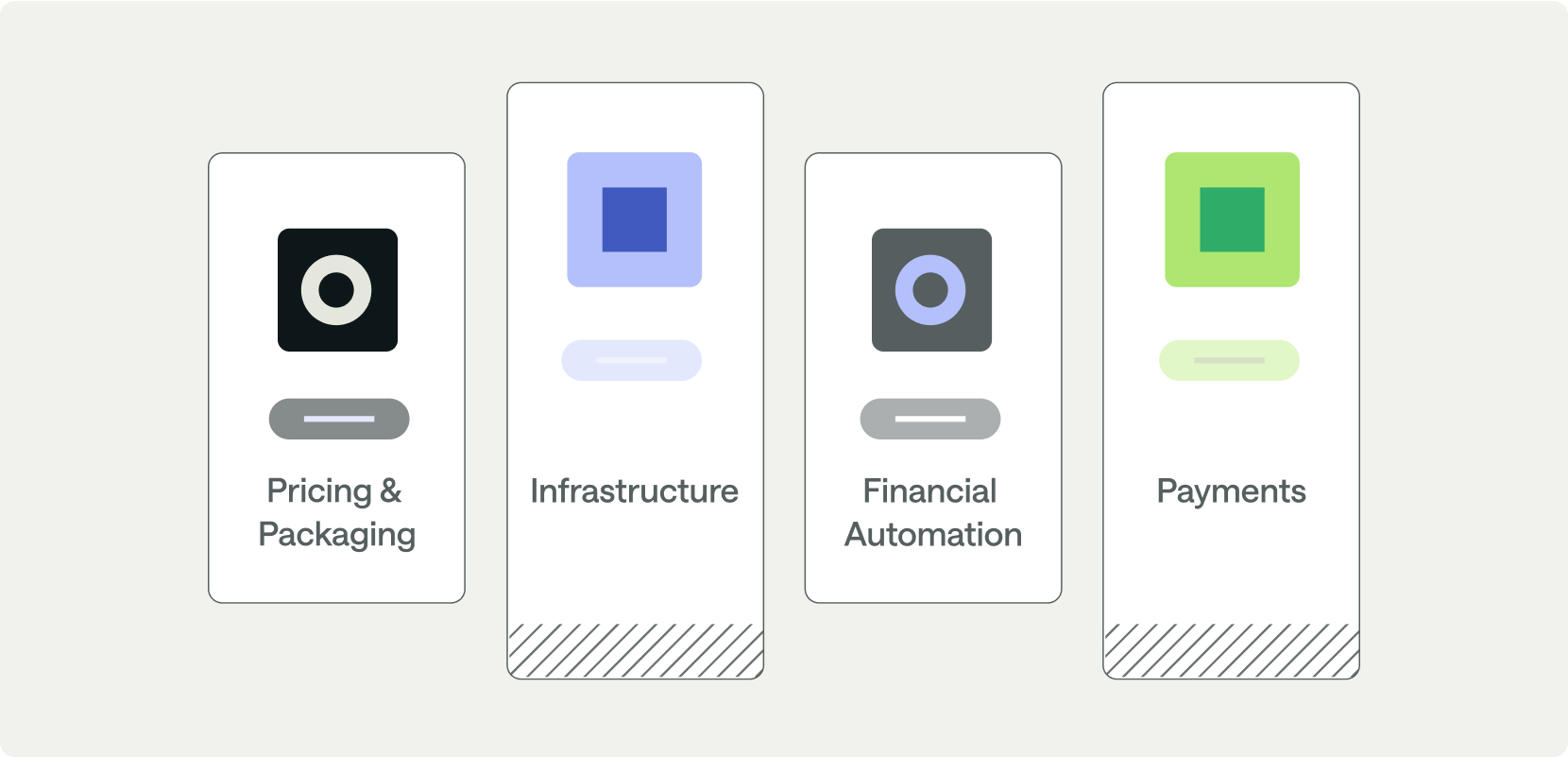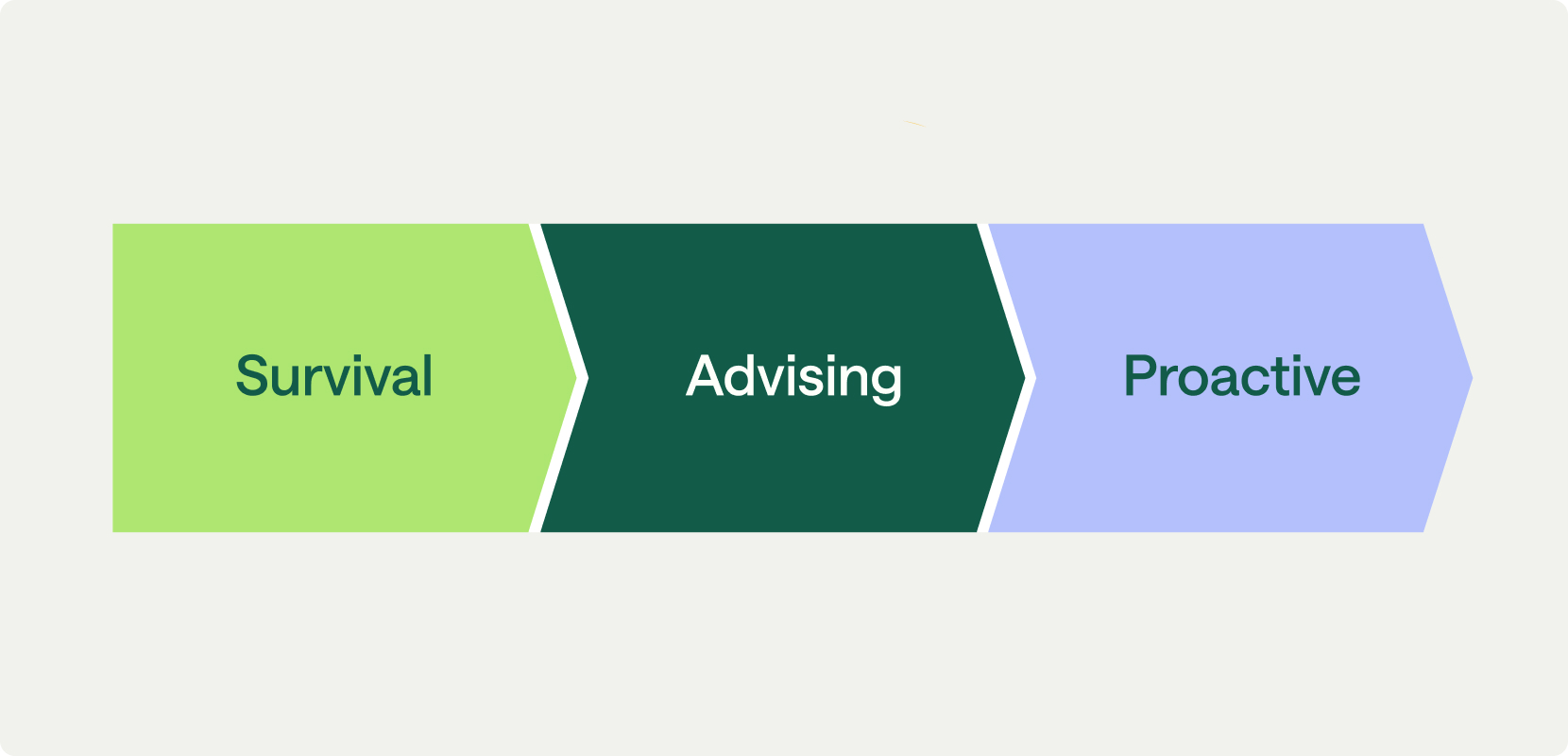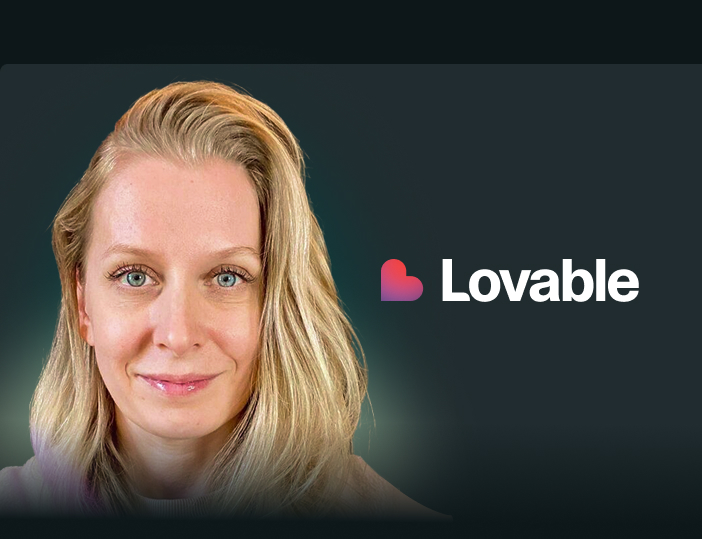Share
Executive summary
OpenAI’s rise has been fueled by both groundbreaking technology and the systems that enabled it to monetize at unprecedented speed. In a fireside chat at Monetize 2025, Sara Conlon, Head of Financial Engineering at OpenAI, shared how she built an engineering billing organization that could keep up with the company’s hypergrowth.
This whitepaper captures her insights and provides a blueprint for modern billing organizations.
Key themes include:
- Why centralization of monetization infrastructure is essential
- The principle of balancing intention (customer value) with control (business protection)
- How OpenAI structured its billing team into four pods: Pricing & Packaging, Infrastructure, Financial Automation, and Payments
- The three phases of billing team maturity: survival, advising, and proactive
- Hard lessons from scaling fast, including outages and high-stakes incidents
- The transition from seat-based subscriptions to usage-based billing
- Preparing for the future: hybrid models, iteration velocity, and systems built for coexistence
The result is a blueprint for any company operating in high-growth, AI-driven markets: treat monetization as infrastructure.
Introduction: Monetization at AI speed
Few companies have grown as fast as OpenAI. In less than three years, it went from the launch of ChatGPT to generating billions in revenue, all while introducing multiple products, evolving packaging models, and navigating global adoption.
Such velocity brings unique pressures. Product teams move quickly, customers range from hobbyist developers to global enterprises, and pricing has to adapt in real time. Behind the scenes, billing infrastructure has to keep up or risk slowing everything (from customers to the business itself) down.
In this context, Sara Conlon’s role is both technical and strategic. As Head of Financial Engineering, she is responsible for designing the systems and teams that allow OpenAI to monetize effectively. Both her journey and the principles she has developed provide a roadmap for how modern billing organizations should be built.
Building the financial engineering team
When Conlon joined OpenAI, the company’s approach to monetization was decentralized. Each product team managed its own billing logic, with little consistency across the organization. This setup allowed for quick experimentation in the early days, but it created significant challenges as the company scaled:
- Duplication of effort: Each team solved the same billing problems in different ways.
- Inconsistency: Customers faced varied experiences across products.
- Operational pain: Finance had no single partner for reconciliation or reporting.
- Technical fragility: Billing logic was deeply embedded in product code, increasing the risk of outages.
The solution was to create a centralized Financial Engineering team. This group would own billing end to end, serving as a single point of contact for Finance and as a shared services provider for product teams.
Conlon uses the metaphor of Lego blocks for what they built, which focused on reusable components—spend controls, dashboards, payment flows—so product teams could plug in what they needed without reinventing the wheel.
The first step was to define the entity model: who, exactly, is the customer? For OpenAI, the answer could be an individual with a ChatGPT Plus subscription, a small startup experimenting with the API, or a global enterprise deploying across thousands of employees. Getting the entity model right was essential because it drives everything downstream, from access control to billing accuracy to fraud prevention.
Intention and control: A dual lens for billing design
A guiding principle of Conlon’s approach is the balance between intention and control.
- Intention: Capabilities designed to create value for customers. Examples include clear usage dashboards, self-service spend controls, or flexible credits.
- Control: Mechanisms designed to protect the business. Examples include fraud detection, credit checks, and financial governance.
These two dimensions aren’t mutually exclusive. Spend caps, for example, help prevent fraud (control) but also give customers confidence that experimental projects won’t lead to runaway bills (intention).
Framing billing design through this lens has two benefits:
- It keeps the team focused on serving both customer needs and business requirements.
- It encourages modularity, since intention- and control-focused features often need to evolve independently.
This mindset transformed billing from being viewed as a blocker to being seen as an enabler. Product teams gained tools they could trust, and Finance gained safeguards that reduced risk.
Organizing for scale: The four pods
As the scope of work expanded, Conlon divided the Financial Engineering team into four specialized pods. Each pod owns a distinct set of responsibilities but contributes to the larger monetization infrastructure.

1. Pricing & Packaging
Goal: Ensure consistency and coherence across OpenAI’s diverse product suite
- Partners with product verticals to deliver consistent monetization experiences
- Develops pricing UIs, usage dashboards, and reusable backend components
2. Infrastructure
Goal: Scalability, reliability, and performance of the billing backbone
- Works with vendors like Metronome and OpenAI’s internal infrastructure teams
- Powers the building blocks developed by other pods
3. Financial Automation
Goal: Automate manual processes, ensure compliance, and maintain accuracy
- Stakeholders include Finance, Sales Ops, and Legal
- Focused on quote-to-cash, contract provisioning, and month-end close
4. Payments
Goal: Reduce friction in checkout and serve a global customer base effectively
- Owns payment methods, internationalization, and fraud prevention
This pod structure reflects a broader industry trend. Companies like Snowflake and Stripe have demonstrated the value of specialized billing teams that can evolve in parallel, rather than as a monolith.
The three phases of billing team evolution

Conlon describes billing teams moving through three phases of maturity:
1. Survival phase
- Priority is speed: “Never delay a launch because monetization isn’t ready.”
- Product velocity comes first, often at the cost of clean systems.
- Risks include fragmented logic and outages.
2. Advising phase
- Product teams begin to consult billing on new initiatives.
- Billing provides input on pricing models, consistency, and feasibility.
- Example: advising on credit-based pricing for a new feature.
3. Proactive phase (target state)
- Billing anticipates needs and informs strategy.
- The team proactively recommends monetization approaches based on data.
- The goal is to become a strategic partner across the organization.
Under the pressure of AI’s fast-paced launches and constant iterations, most companies exist in survival mode. The ambition at OpenAI and elsewhere is to reach the proactive phase.
Hard lessons from hypergrowth
Scaling quickly inevitably leads to challenges. Conlon shared one particularly painful example: during the launch of a new image generation model, the system inadvertently created billing accounts for every free user. The surge in account creation overwhelmed infrastructure and caused outages.
The root cause was embedded monetization code. Billing logic had spread into product stacks, making it difficult to isolate and manage.
The lesson: billing must be platformized.
It should be modular, centralized, and treated as core infrastructure—not scattered across products. This approach prevents duplication, reduces fragility, and enables reuse across new product launches.
From subscriptions to usage
Conlon contrasted her experiences at Asana and OpenAI:

This transition from subscription to usage reflects a broader industry shift. For example, Snowflake’s consumption model has shown the benefits of aligning value with usage, while Twilio has long demonstrated how developer-friendly usage billing can scale globally. The common theme: usage unlocks agility but requires serious investment in billing systems.
Looking ahead: The future of monetization engineering
What does the next five years hold? Conlon sees several trends:
- Hybrid models will persist.
Subscriptions will coexist with usage-based approaches. - Iteration speed will define leaders.
Companies that can experiment with pricing quickly will outpace those that can’t. - Robust version management required.
Enterprises locked into existing deals won’t migrate easily; systems must support coexistence. - Expandability over migration.
Systems should be designed to expand with new models, not force extensive migrations.
The guiding principle is coexistence: billing infrastructure must be extensible enough to support multiple models in parallel without breaking legacy agreements.
Conclusion
Billing has become more than a back-office necessity for OpenAI. It is now infrastructure, central to scaling, protecting the business, and enabling product velocity.
Sara Conlon’s blueprint offers lessons for any company building monetization systems in high-growth environments:
- Centralize billing into a dedicated team.
- Balance customer value (intention) with business protection (control).
- Organize into specialized pods.
- Evolve from survival to proactive.
- Platformize systems to avoid fragility.
- Build for coexistence of old and new models.
In the AI era, the pace of product development is only accelerating. Companies that treat monetization as infrastructure, designing it with rigor, scalability, and modularity, will be best positioned to thrive.
Interested in this kind of conversation? We'll be hosting our Monetize conference again next year—sign up to be the first to get updates.








.avif)
.avif)


